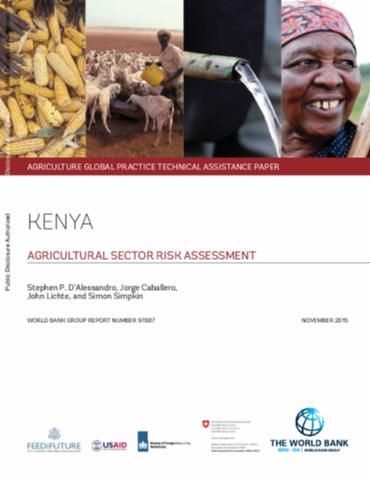The Exposure, Vulnerability, and Ability to Respond of Poor Households to Recurrent Floods in Mumbai
This paper examines poor households in
the city of Mumbai and their exposure, vulnerability, and
ability to respond to recurrent floods. The paper discusses
policy implications for future adaptive capacity,
resilience, and poverty alleviation. The study focuses
particularly on the poor households, which tend to have
greater exposure and vulnerability to floods and limited
ability to respond given the constraints on physical and


